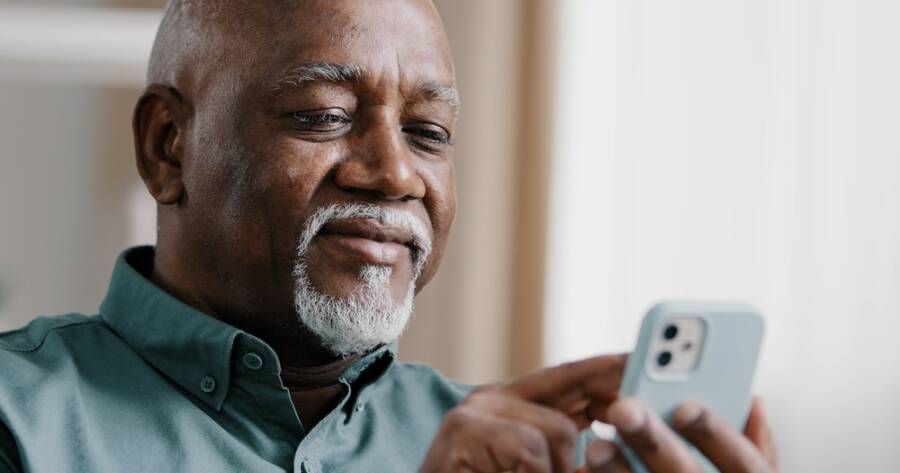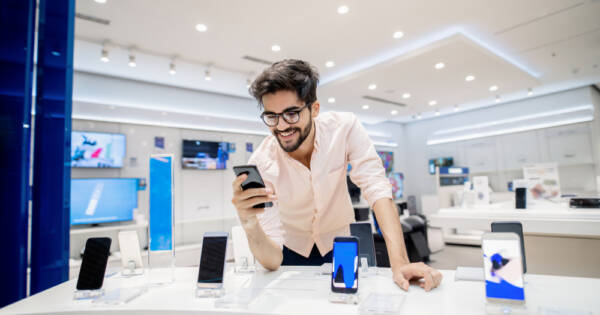The Lifeline program is a federal initiative designed to assist low-income individuals by providing access to no-fee or discounted cell phones. This initiative ensures that those facing financial challenges have the tools they need to stay connected for emergencies, job opportunities, and daily communication. By participating in the Lifeline program, eligible consumers can receive a cell phone and minutes.
What Is the Lifeline Program?
The Lifeline program is a federal initiative aimed at helping low-income individuals access affordable communication services, including cell phones and home phone service. Administered by the Universal Service Administrative Company (USAC), Lifeline provides discounts or no-fee services to eligible participants, ensuring they stay connected for emergencies, healthcare, job opportunities, and social services.
The program provides either discounted home phone or cell phone service, with eligible consumers receiving either a monthly service discount or a no-fee mobile phone, depending on the provider. Lifeline has been crucial in bridging the digital divide, making communication accessible to those who may otherwise be unable to afford it. It is available in all 50 states, as well as U.S. territories.
How to Qualify for Lifeline Assistance
To qualify for the Lifeline program, individuals must meet specific income requirements or participate in certain government assistance programs. If your household income is at or below 135% of the Federal Poverty Guidelines, you may be eligible. Alternatively, if you’re enrolled in government assistance programs such as Medicaid, Supplemental Nutrition Assistance Program (SNAP), Supplemental Security Income (SSI), or Federal Public Housing Assistance (FPHA), you can apply for the program.
Some states may have additional eligibility criteria, so it’s important to check with the Lifeline program in your area. Once you meet the requirements, you can apply online or through a participating provider, and you’ll need to provide documentation to verify eligibility.
Finding Cell Phone Providers That Work with Lifeline
To receive a phone through the Lifeline program, you need to choose a participating provider. Many major mobile carriers, including Verizon, T-Mobile, and AT&T, partner with the Lifeline program, offering specific plans and services to eligible individuals. However, there are also smaller providers that specialize in Lifeline services, such as Assurance Wireless, Safelink Wireless, and Q Link Wireless.
Each provider offers various plans, including different amounts of talk time, data, and texting services. To find a participating provider near you, you can visit the Lifeline program’s official website or check with local mobile carriers to determine which options are available in your area.
How to Apply for the Lifeline Program
Applying for the Lifeline program is a straightforward process that can be done online, by mail, or through a participating provider. To start, you’ll need to gather documents that prove your eligibility, such as tax returns, proof of government assistance, or income verification. Once you have your documents, you can apply via the Lifeline National Verifier system or directly through a participating mobile provider’s website.
If you apply online, the process is often quick, and you’ll receive confirmation once your eligibility is verified. After approval, you can choose from available providers offering no-fee or discounted phones and services. Remember, enrollment in the Lifeline program is renewable annually, so be sure to update your eligibility information when necessary.
Staying Connected: The Lifeline Program’s Impact on Access and Opportunity
The Lifeline program plays a vital role in ensuring that low-income individuals have access to communication tools that are essential for daily life. Whether it’s staying in touch with family, searching for job opportunities, or accessing healthcare, the program offers crucial support to those who might otherwise be disconnected.
By providing access to affordable cell phones and service, Lifeline helps bridge the digital divide and opens doors to greater opportunities. If you or someone you know qualifies, applying for the Lifeline program can make a significant difference in staying connected and improving overall well-being.



